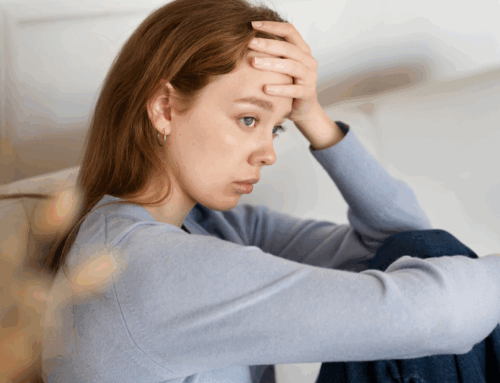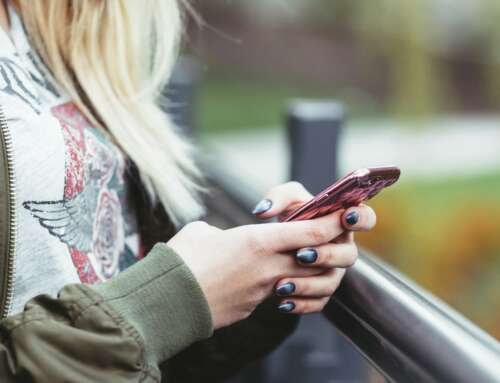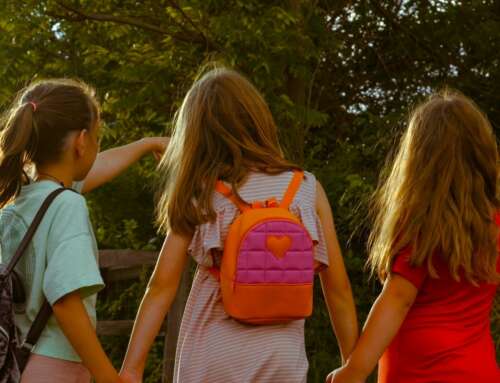Online learning environments have been a game changer for Australian distance educators whose ‘classrooms’ cover thousands of square kilometres, but it’s more than just a case of being able to reach isolated areas.
The technology is also allowing teachers to provide one-to-one support and immediate feedback to students who are struggling with issues such as anxiety, helping to build their confidence and self-esteem and re-engage with learning.
Teresa Anderson is Head of Campus at Queensland’s Capricornia School of Distance Education (CSDE) and state representative with the Australasian Association of Distance Education Schools (AADES). In the last three years she’s noticed a growth in the number of medical enrolments where students are dealing with mental health issues and says this trend appears to be happening right across Australia.
‘I don’t know whether it’s because mainstream schools have suddenly cottoned on to the services that distance education give, so [they are] referring more, but also it seems to be for us we get a lot of word of mouth. CSDE get a lot of families saying “hey, I noticed you did this for this parent, this sounds great for my child, can I come too?”. So, enrolments seem to be just snowballing.
‘It’s really hard to generalise because they’re all so different. We’ve also got travelling students and geographically isolated country kids, so it’s not all students with medical and high anxiety needs, even though we do have more and more enrolling.’
CSDE caters for more than 800 school and home-based students, from eKindy to Year 12, and has physical campuses at Emerald and Rockhampton. Sometimes the aim is to help youngsters get back into mainstream schooling, so the enrolment numbers fluctuate. Anderson says, again, it comes down to individual student needs. ‘For some students yes (it’s about getting them back to the school they’ve come from), but for some we seem to be the best place to suit them. It depends … everyone is different. That’s our school motto – be different, make a difference.
‘We’ll try and do what we can to cater for each student. If we think the best place for that student is in a mainstream school then we’ll do what we can to build partnerships and to re-engage them. But for some of our students were sort of the last port of call, where they’ve completely disengaged from mainstream school (particularly in secondary) … so, it seems to suit some of them.’
– Jo Earp
Read more: Building student confidence and self-esteem
Image by Fernando from Unsplash







Leave A Comment